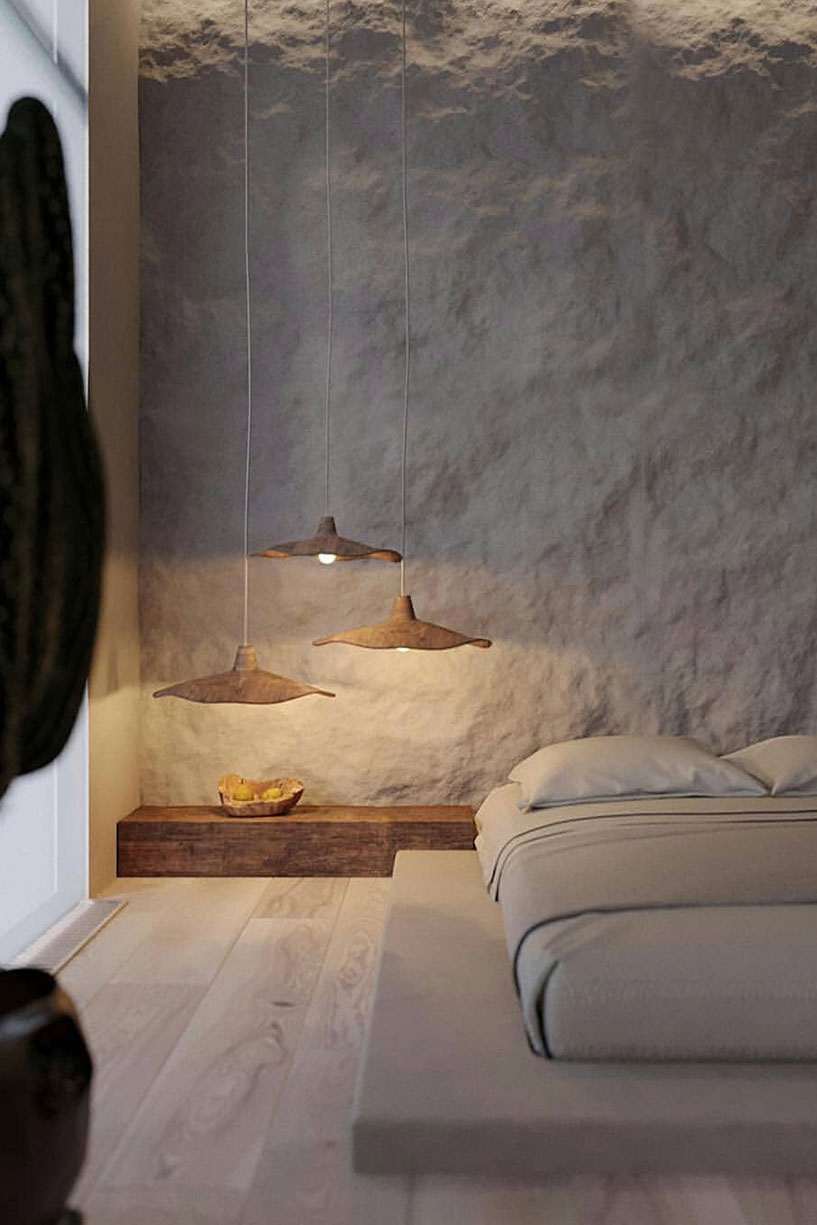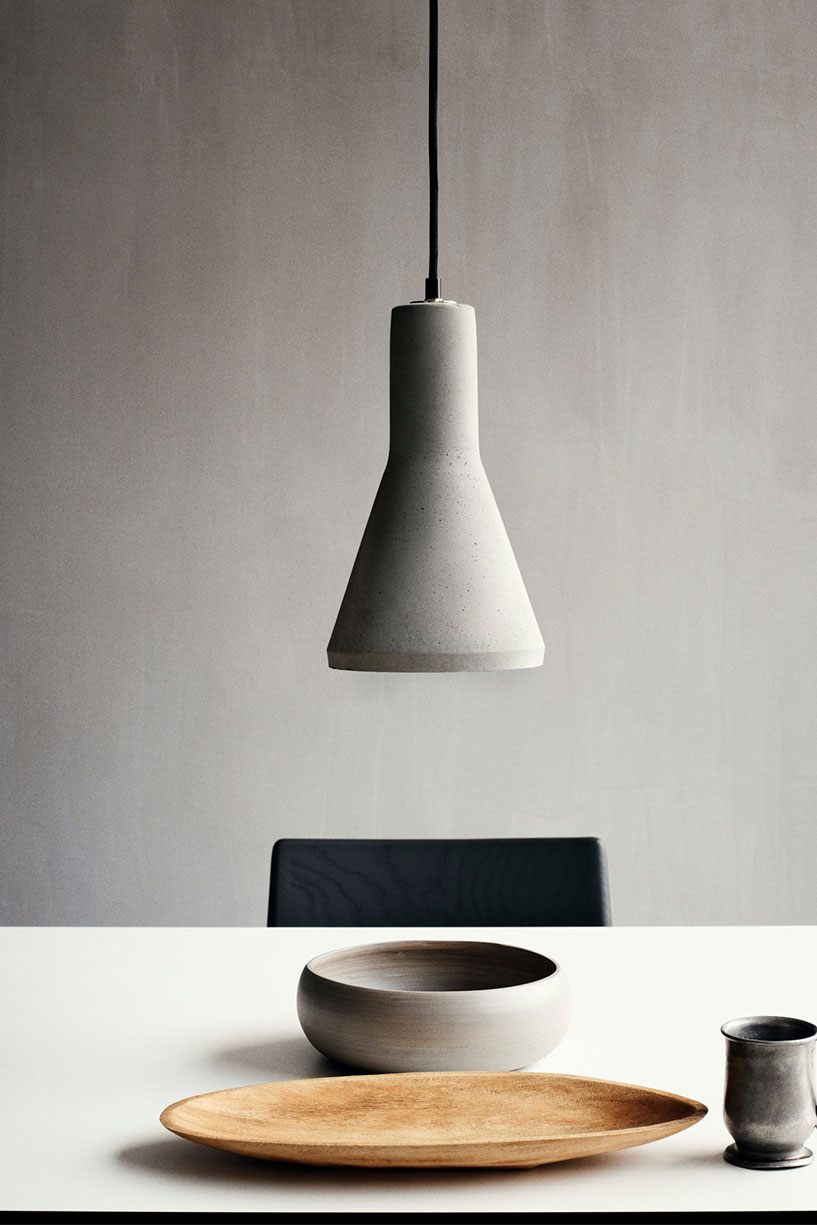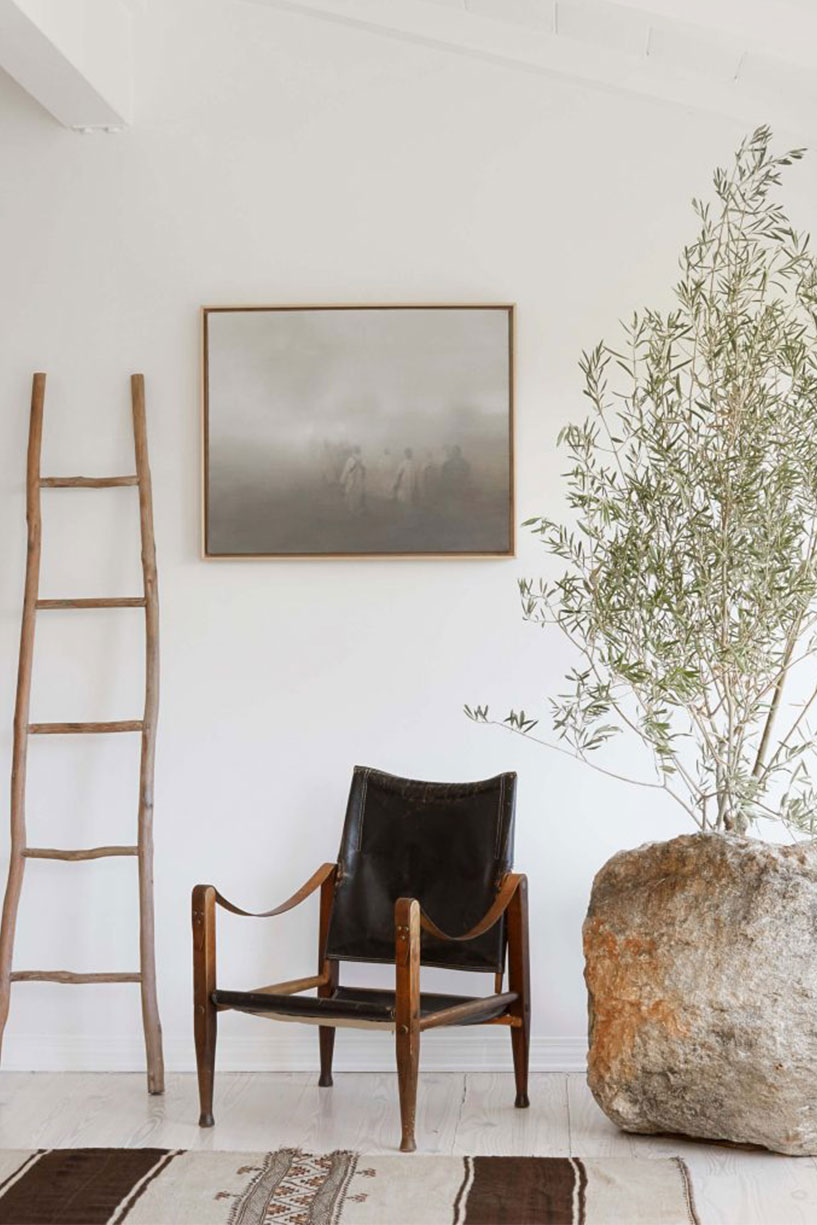Wabi Sabi.
You’re not perfect.
There are blemishes on your skin, scars and marks and bruises. The natural world certainly isn’t perfect. Every tree bares the marks of the seasons and the elements – curved and best and scarred in ways that make it unique.
But these imperfections are the good stuff. The character, the detail, the personality. It’s often the imperfections in people and architecture that we find most attractive. We like that there is something hidden underneath or rough on the surface.
Architecture can embrace this sentiment, too. At its best, the traditional Japanese style of crafting – Wabi Sabi – celebrates imperfections in materials and enhances everyday life by stripping back to a simple aesthetic and focusing on the essential elements. Once the essentials are at the centre, it brings the materials and the architecture into sharper focus. In Japanese design, often, it’s not about making things perfect.



When you design your home, consider the natural knots and marks in materials, the way they age and crack and break and bend over time. It’s these details that give your home a spirit and an energy.
Sometimes it just has to be honest, not perfect.
The Japanese view of life embraced a simple aesthetic that grew stronger as inessentials were eliminated and trimmed away – Tadao Ando, Architect.
Words by Nick Acquroff
Images sourced from Pinterest














